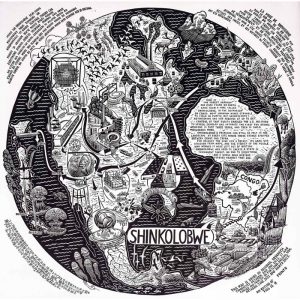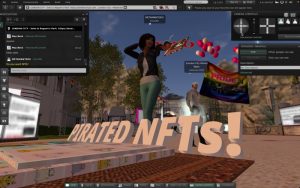Gregory Green explores the evolution of empowerment, with conceptual artworks and performances that suggest explosive devices, such as pipe bombs packed into briefcases or hollowed out books with nuclear warheads. His purpose is to stimulate creative thought about freedom and personal responsibility. Many of his artistic investigations have focused on terrorism and the possibilities for sabotage of the physical infrastructure, and the ease in which individuals, armed with readily available information, can endanger the status quo.
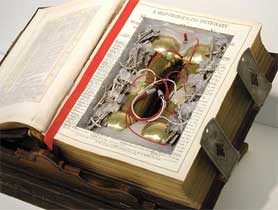
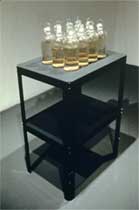 Bible Bomb #1890 and 10,000 Doses (first state)
Bible Bomb #1890 and 10,000 Doses (first state)
One work suggests how to manufacture large quantities of LSD as a form of civil disruption (an idea originally proposed by Abby Hoffman), and resulted in the 1995 brief jailing of Feigen gallery director, Lance Kinz.
Green also created guideable missiles that could be armed with conventional or nuclear devices. These pieces contain no explosives but are carefully designed to be potentially functional. Fascinatingly beautiful, the threat of these works lies in their illustration of society’s negligence in discounting the hazards presented by the outcast, the eccentric, the individual.
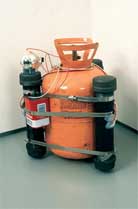
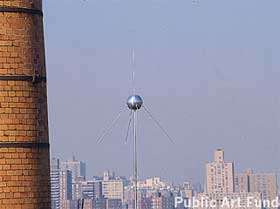 Genetron MP39 and Gregnik Proto II
Genetron MP39 and Gregnik Proto II
40 years to the day after the Soviet Union launched the first artificial satellite, Sputnik 1, into space, Green installed Gregnik Proto II, a prototype radio transmitter modeled after Sputnik in Brooklyn. Mounted on a rooftop, the silver orb with five antennas broadcasted unedited artist-created messages over a low frequency fm radio signal to local residents.
More art bombs and missiles: Criket Activated Defense System; Mel Chin’s WMD Weapons of Mass Distribution; Little Japan byKazuya Kanemaru; Tom Sachs’ Sony Outsider; Johann van der Schijff’s toy machines that play with the notion of military and manufacturing industry’s power; ceramic hand grenade, landmine or rocket designed as delicate presents; Postapocalyptic survival gear; Fabrice Gygi’s Aesthetics of control.
And non-artistic: Titan Missile II silo.

